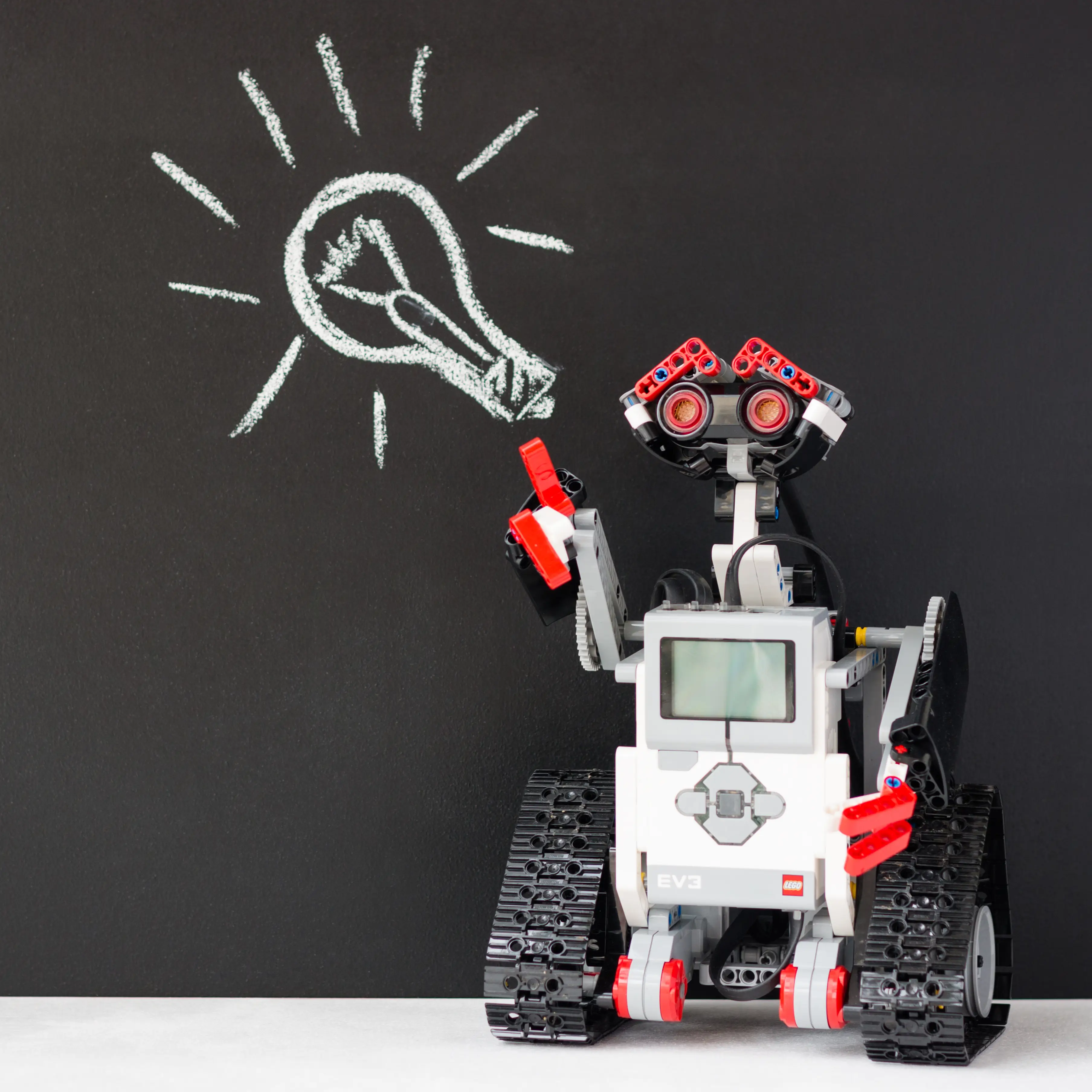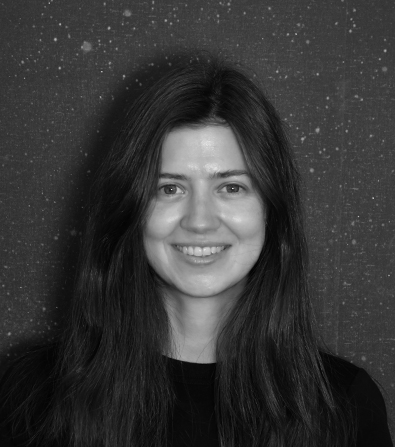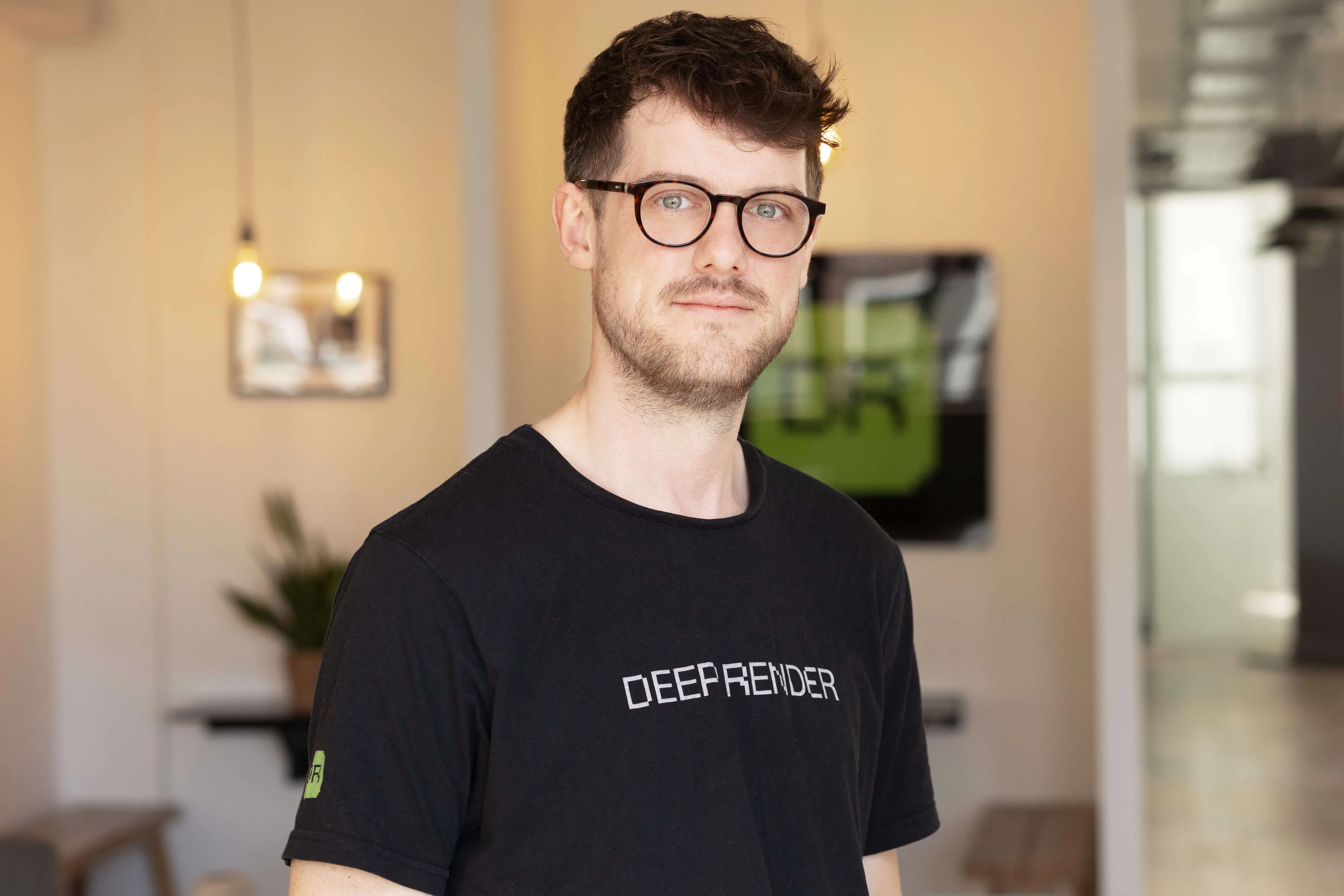-
 ED WISE 07 Sep
ED WISE 07 Sep
AI
patent
intellectual property
machine learning

The recent decade’s progress in AI and machine learning has led to corresponding developments and some interesting questions in intellectual property (IP). Some of these questions are ongoing and have yet to be resolved! In this blog post, we will discuss some IP concepts related to AI and machine learning and deal with some misconceptions about what can and can't be protected using IP.
Types of IP
First, some background: various types of intellectual property are designed to protect different things. The three most well-known are trademarks, intended to protect a brand or image; copyright, designed to protect intellectual creations; and patents, designed to protect technological innovations. The differences between these different types of IP go beyond the scope of this blog, but suffice to say that the different kinds have various features based on the job they are supposed to do.
As a deep-tech startup, Deep Render is primarily concerned about patents. A patent is designed to protect technical innovation and, once obtained, allows the owner the exclusive right to the concept covered by the patent. Here, the word "exclusive" means that the patent holder can prevent others from, for example, making or using the product or method covered by the patent. While a patent can be used this way, it is more common to arrange some licensing agreement where other parties will be given permission to make or use the invention covered by the patent.
Because patents give the owners relatively strong rights, they are one of the most challenging forms of IP to obtain: the application process comprises a rigorous examination process at a patent office.
Computer-implemented Inventions
The examination process considers the subject matter of the innovation for which a patent application is being made. Most patent offices restrict obtaining a patent for computer-implemented inventions to some degree. For example, in Europe, the European Patent Convention sets out that "programs for computers" are not considered inventions and therefore are not patentable in Article 52(2)(c) EPC. Other countries, such as the US, have similar provisions. Reading this, you might assume that AI and machine learning patents are impossible to obtain.
However, this isn't the case, and the confusion comes from what the act is actually intending to exclude. The article refers specifically to computer programs "as such", meaning exactly, solely or completely. This means that the abstract concept of a computer program as defined by computer code, cannot be patented (although copyright can arise in computer code). Nonetheless, the strict wording of the act means that any process in the physical world, including the physical process of bits changing state in a computer chip when a computer program is executed, is not excluded.
This means it is straightforward to draft a patent application directed to a computer-implemented innovation to avoid exclusion. The algorithm that represents the innovation can be defined by a method claim that specifies the steps of the algorithm. "Products" can be defined as a system that performs the actions of the method on which the algorithm runs or operates.
This approach is where the language used in this blog arises from! Whenever we refer to a computer-implemented invention, the invention is not a computer program or code but a concept that happens to be implemented on the computer. AI-based approaches are an excellent example of this because, unlike some algorithms, the nature of the training for neural networks means it would be impossible to implement the method without the assistance of a computer.
Inventive Step
Yet, this is not the end of the story. A second hurdle must be overcome for a patent directed to an AI or machine learning application. Having established that the concept involves some effect on the real world through running on a computer, it must further be shown that it involves more than just performing a known or abstract process on a computer.
This requirement is an extension of the idea for a patent to have an "inventive step". This means it is not enough for a concept to be new to obtain a patent. The concept must also be different enough from what is already known. If the concept is different enough, this is called having an inventive step.
When applied to computer-implemented inventions, it is not enough to take a known concept or process, implement some part of the process using a recent technological development (computers, the internet or AI/machine learning techniques) and apply for a patent. Typically, there are many patent applications of this type whenever a new approach becomes well known. In the case of machine learning, this generally takes the form of having some prediction problem and applying off-the-shelf machine learning techniques to get a result. As it is considered well known that machine learning processes can be used this way, doing this will typically not result in a patentable idea.
So, what does successful innovation in the field look like? Typically, research has to be performed on how the AI system deals with the problem and what changes and innovations can be made, resulting in new concepts instead of the off-the-shelf approach described above. This type of innovation is precisely what we do at Deep Render; performing compression in a fundamentally different way from what has been done before.
The above has only scratched the surface of how we obtain protection for our innovations, but the short version is that patents can protect AI-based computer innovations. This includes the AI-based Compression processes being developed here at Deep Render.
AI Ownership
AI/Machine learning developments also raise more general questions in the field of IP. With a compression/decompression process, we are trying to reproduce some original images or videos as accurately as possible. Closely related to these concepts are generative AI processes. You will probably be familiar with neural networks that generate pictures or music. These systems might be provided with some keywords or other initial input and produce "new" output.
Such systems raise an IP issue: copyright is a form of IP designed to protect an individual's artistic creation and comes into existence when the work is created. Copyright law typically specifies that the copyright in creative work belongs to the creator of that work. This logic presents a problem when applied to generative AI processes as a line of thought suggests that the AI itself is the creator of the output artistic work. There are analogies to the more well-known case of the macaques monkey "selfie", where the ownership of a selfie image produced by a monkey operating a camera was called into question.
Similar considerations have also arisen in the patent field. DABUS is an AI system reportedly able to produce inventions. The creator of the system has filed patent applications naming DABUS alone as the inventor. Unfortunately, these application has not proceeded in DABUS's favour, with the world's various patent offices stating that, as an AI system does not have legal personhood, it can't be the inventor and thus the owner of a patent application.
Instead, the designer of the AI system, who determines the architecture, training process and other features of the system, has the right to any innovations produced. This approach sees AI systems as a tool that similarly assists a human inventor in designing a concept. These considerations may require revisiting in the future, but for the present, you can expect to see AI algorithms being used as tools and IP based on these uses for the foreseeable future.
RELATED BLOGS
 VIRA KOSHKINA
VIRA KOSHKINA- 27 Jan
 ED WISE
ED WISE- 16 Nov
 LEWIS BRESLIN
LEWIS BRESLIN- 15 Sep



